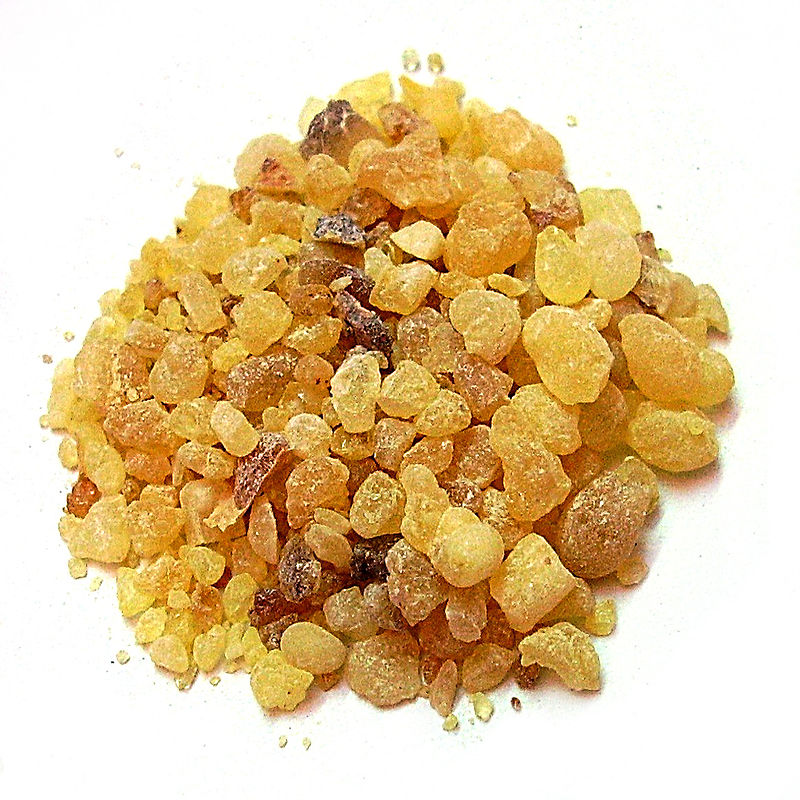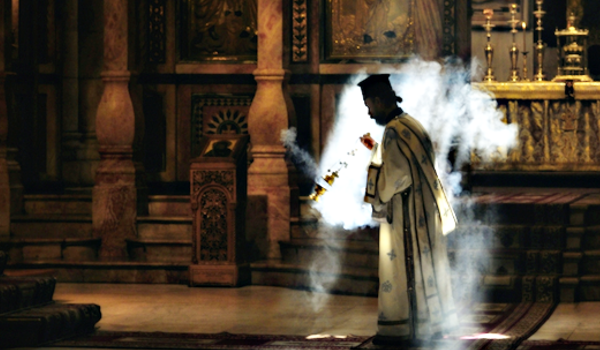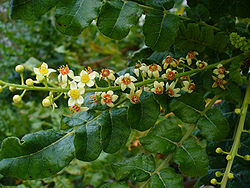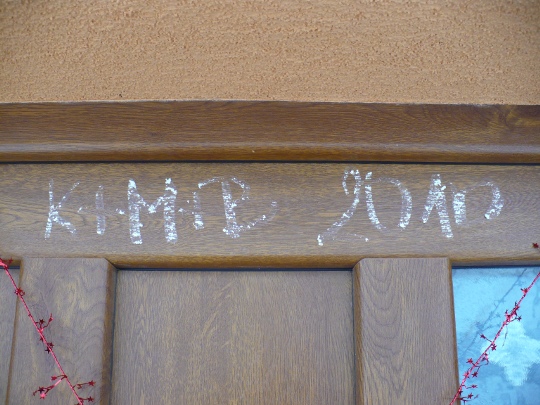Eastern Orthodox icon of the birth of Christ by St. Andrei Rublev, 15th century. Note that the shepherd speaking with St. Joseph in the lower left is shown in profile, a pose reserved only for this shepherd, the Devil, and for Judas Iscariot and which indicates their interior wickedness and efforts to hide themselves from God. Also, the cave in which Christ is born is painted with the same absolute black pigment — unmixed with any other dark colors, which is more usual — as is the tomb of Christ or the abyss of Hell, into which the Divine Presence has entered.
“We have seen his star in the East,” the magi told King Herod. “We have come to worship him.”
This news was a surprise to King Herod. He had no idea that a new King of the Jews had been born and had clearly NOT seen the star the magi had. What was the “star” which the magi claimed they had seen and which had told them to come find the newborn King in Judea? Since no one in Jerusalem seems to have seen it, the star could not have been a bright light in the sky or they would have noticed it. Since the Gospel text says that Herod later had all the boys aged two years or younger killed in his attempt to kill the Christ Child, the “star” must have been an astronomical event of some sort rather than a bright light or all the other parents whose children were butchered by Herod’s soldiers would have pointed out the house and said, “No! Not our children — the boy you want is in that house! There!” Also, the magi evidently had seen the star at least 2 years before and it had taken them that long to travel to Jerusalem.
I remember reading reports in December 1975 (my senior year of high school!) that the “star” was in fact a conjunction of Saturn and Jupiter in the constellation Pisces — and that this conjunction occurs once every 800 years! The magi, being astrologers, would have understood this to mean that a great king (Jupiter) who would usher in the End of Days (Saturn) was being born in Judea (Pisces). This conjunction occurred in December 1975, according to these reports, but I was unable to see it as I was not sure exactly where to look in the sky or on which date(s) to look.
In Orthodox icons (such as the one above), the Star of Bethlehem is often depicted not as a bright light but as a dark aureola, a semicircle at the top of the icon, indicating the “divine darkness” or Uncreated Light of Divine grace, with a ray pointing to “the place where the young child lay” (Matt 2:9). Sometimes the faint image of an angel is drawn inside the dark semi-circle, pointing the way for the Magi.




